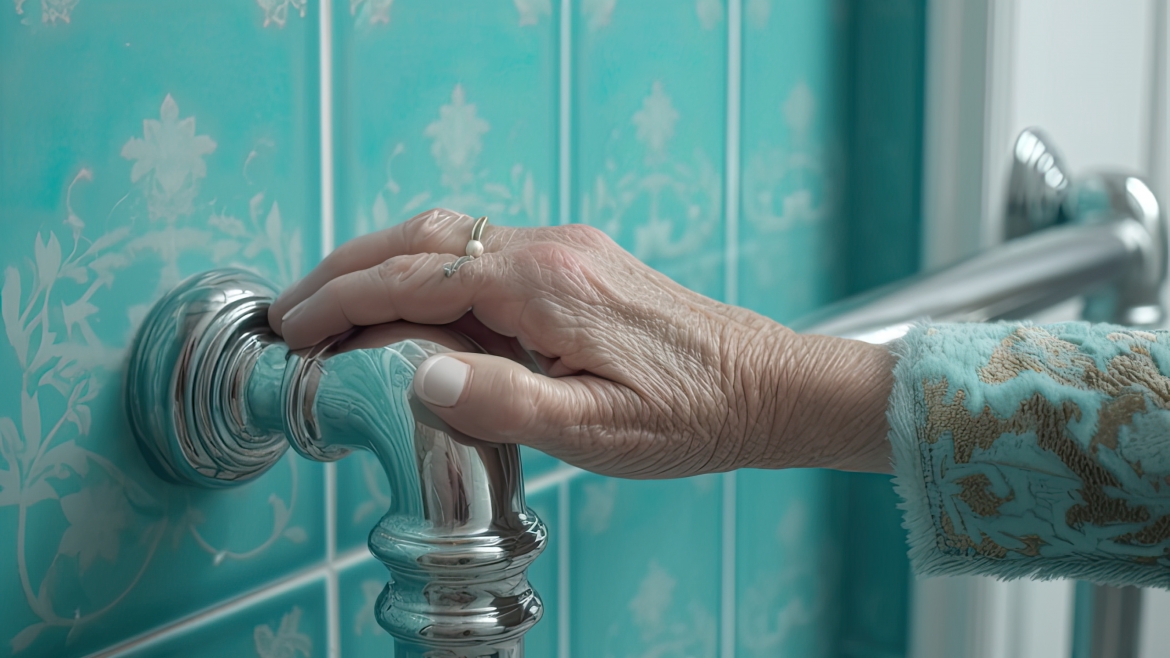Did you know that Leading Edge Senior Care has a Dementia Support Group? We meet monthly in Mesa. For more details <click here>
Dementia’s Bathing Challenge: Unraveling Senior Resistance
Dementia’s Bathing Challenge: Unraveling Senior Resistance
Bathing, a fundamental daily task for many, can transform into a complex and distressing ordeal when faced with seniors experiencing dementia. Grasping the intricacies behind their resistance is paramount for caregivers striving to provide compassionate care. In this comprehensive article, we will delve into the intricate realm of bathing resistance among seniors with dementia. By shedding light on the contributing factors and providing practical solutions, we aim to equip caregivers with valuable insights to navigate this sensitive territory successfully.
Understanding Bathing Resistance in Seniors with Dementia
Seniors with dementia often develop a resistance to bathing, influenced by several underlying factors:
- Cognitive Decline and Awareness Loss: Dementia’s progression triggers cognitive decline, diminishing seniors’ awareness of their personal hygiene needs. This can result in an aversion to bathing, as the significance of cleanliness wanes.
- Sensory Sensitivities: Heightened sensory sensitivities are common among seniors with dementia. Elements like water temperature, the sound of running water, and the tactile sensation of wetness can trigger discomfort and resistance.
- Fear and Anxiety: The bathroom environment, undressing process, and sensation of water on the skin can evoke fear and anxiety. Seniors may perceive these elements as threats, leading to resistance.
- Disruption of Routine: Dementia often disrupts established routines, causing confusion and distress. The introduction of bathing can disrupt the flow of an already complex routine, triggering resistance.
- Vulnerability and Loss of Control: Seniors with dementia may experience feelings of vulnerability due to their cognitive impairment. The act of being undressed and bathed by others can intensify this sense of helplessness and result in resistance.
Strategies to Address Bathing Resistance
Overcoming bathing resistance requires a strategic and empathetic approach:
- Creating a Soothing Environment: Setting the right ambiance can ease anxiety. Adjusting lighting, playing calming music, and maintaining a comfortable room temperature can create a reassuring setting.
- Embracing Familiarity: Introducing familiar items like towels and bath products can provide a sense of continuity and comfort, reducing resistance.
- Timed to Perfection: Selecting bathing times that align with the senior’s natural schedule minimizes confusion and resistance, as routine disruptions often lead to agitation.
- Empower Personal Choices: Empowering seniors to make decisions regarding bathing, such as water temperature or the sequence of steps, promotes a sense of autonomy and reduces resistance.
- The Gradual Approach: Transitioning into the bathing process gradually is essential. Starting with sponge baths or using a wet cloth before progressing to a full bath can help seniors adapt and reduce resistance.
- Effective Communication: Using clear language and a gentle tone to explain each step fosters understanding. Addressing concerns and fears empathetically promotes trust and cooperation.
- Seeking Professional Guidance: If resistance persists, consulting experienced caregivers or healthcare providers well-versed in dementia care can provide tailored strategies for a more effective bathing routine.
In Conclusion
Bathing resistance among seniors with dementia demands a nuanced and patient approach. By comprehending the contributing factors and employing person-centered strategies, caregivers can navigate this challenge successfully. Acknowledging sensory sensitivities, alleviating fear, and granting a sense of control are vital steps toward fostering a positive bathing experience.
With empathy and persistence, caregivers can unravel the complex web of bathing resistance and provide seniors with the compassionate care they need and deserve.

